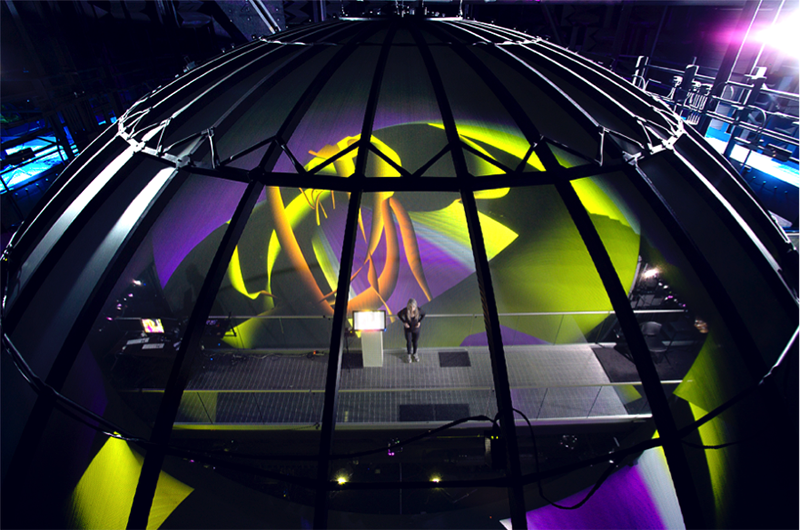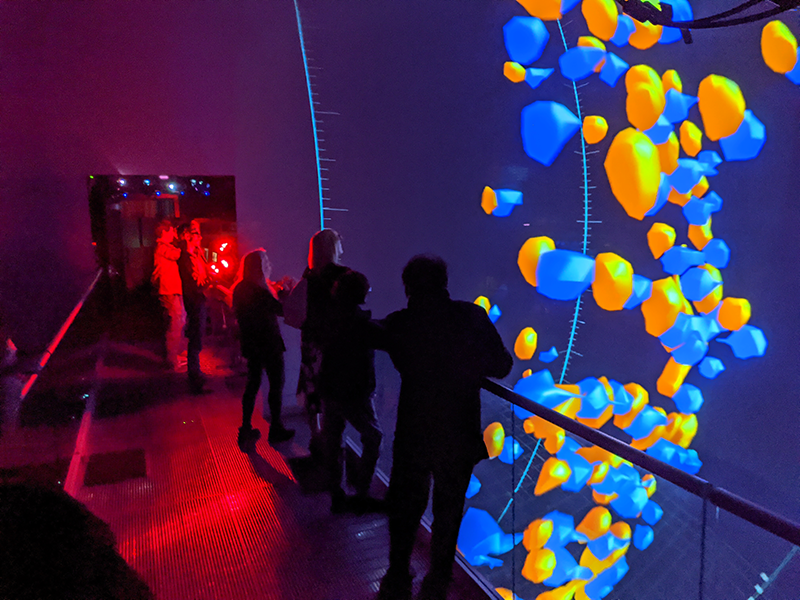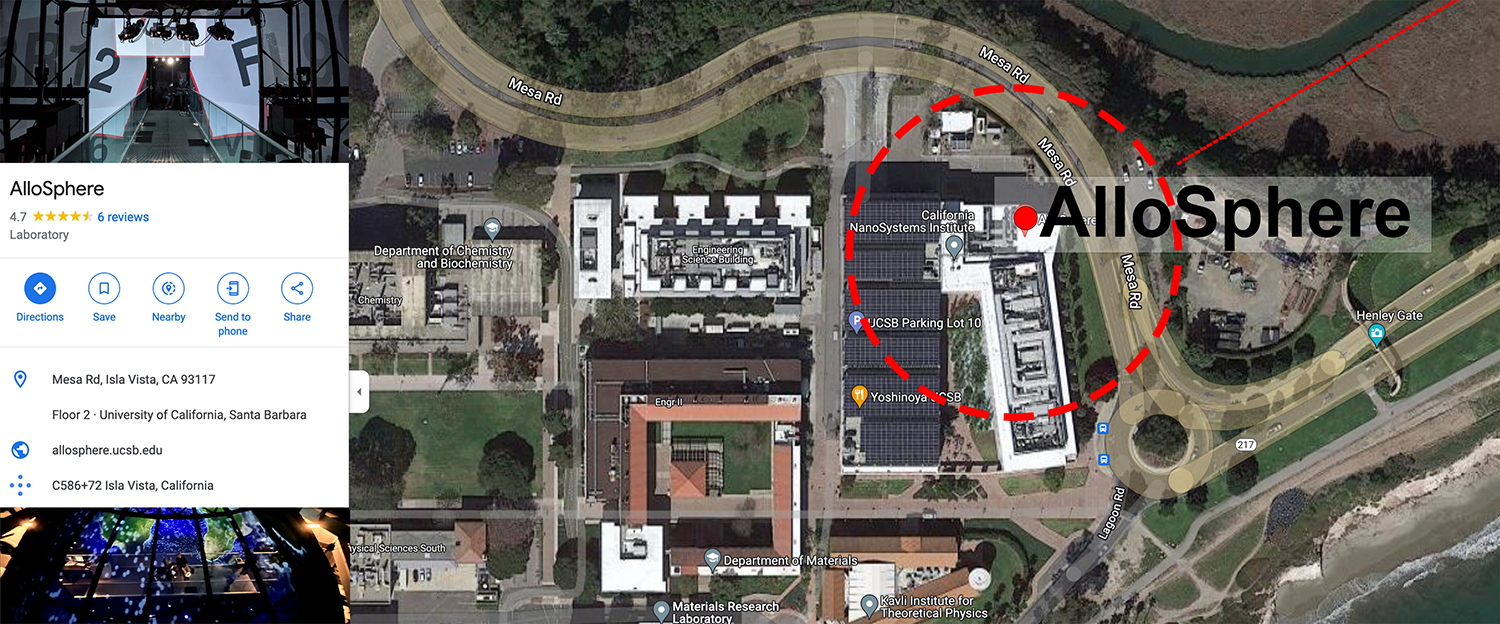
Message from the Director Learn more
Dr. JoAnn Kuchera-Morin, chief designer of the AlloSphere facility, composer, and media artist with over thirty-five (35) years of experience in media systems engineering, outlines the vision for our research.

Sketches of Sensorium Learn More
UC Irvine Beall Center for Art + Technology, with Getty PST Art: Art and Science Collidea

SENSORIUM Learn More
Sensorium Research @ California NanoSystems Institute, University of California, Santa Barbara
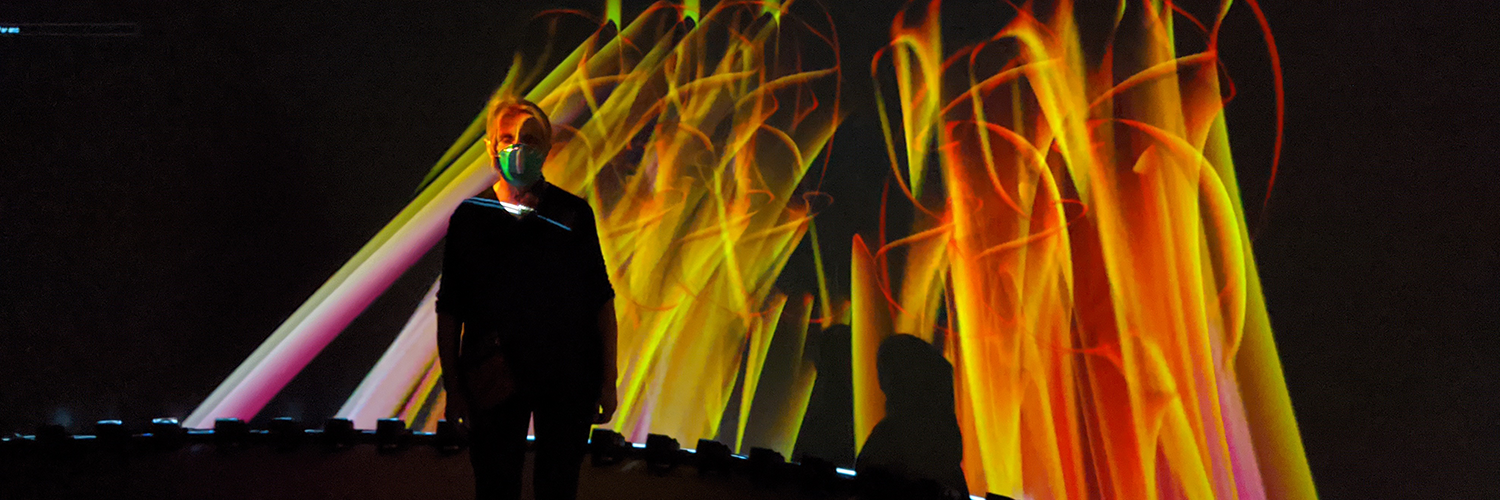
MYRIOI Link Here
Welcome SIGGRAPH 2020 Community. All Packages and Media are available.

About Learn more
The AlloSphere Research Facility located in the California NanoSystems Insitute. Please inquire with Dr. JoAnn Kuchera-Morin for more information.
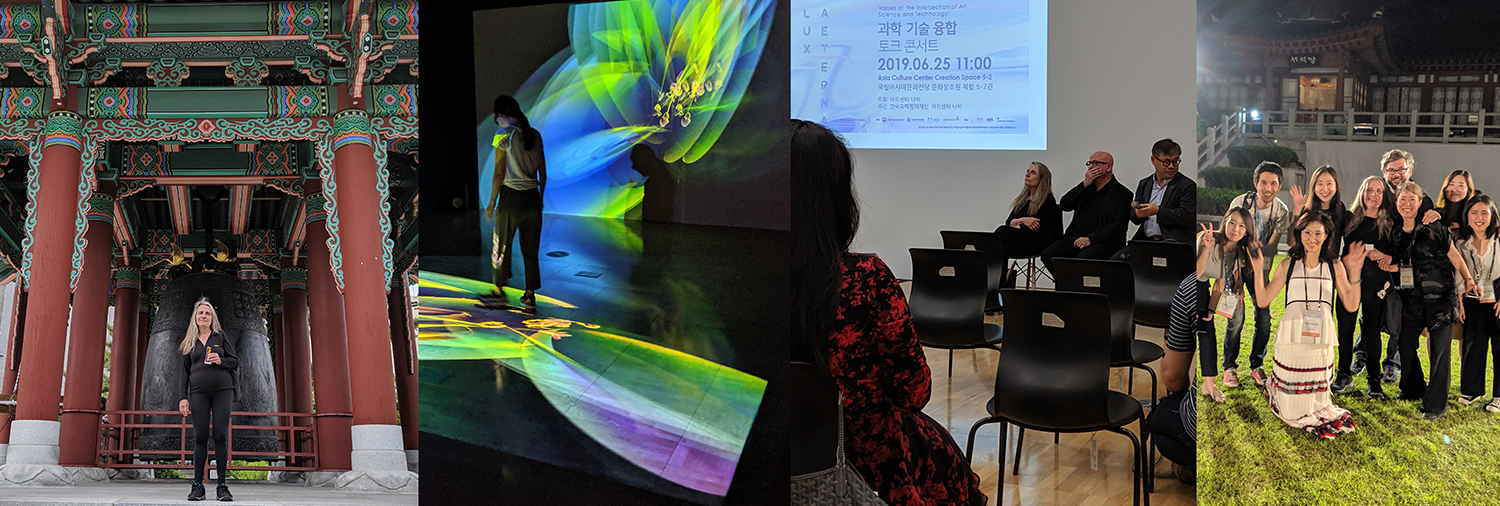
News Learn more
The latest news on the AlloSphere Team & Dr. JoAnn Kuchera-Morin's Exhibitions, Lectures, & Research.

ResearchProjects Here
Etherial: A Quantum Composition & Installation featured at ISEA, Gwangju, Republic of Korea. Also can be viewed at the California NanoSystems Institute's AlloPortal and AlloSphere.

PublicationsRead more
A repository of publications in the Media Arts & Sciences. Please contact Dr. Kuchera-Morin for more information.

Software Download Here
Researcher Dr. Basak Alper demonstrates new ways of interacting with graph visualizations in the AlloSphere.

The AlloSphere Research Group Our Team
Our Team is led by Dr. Kuchera-Morin (Director, Inventor, & Lead Researcher) of the Allosphere Research Group. Dr. Andres Cabrera as Media Systems Engineer, Dennis Adderton as Technical Director. And the AlloSphere Team.

Collaborate
The AlloSphere Research Group is open to collaboration and tours.
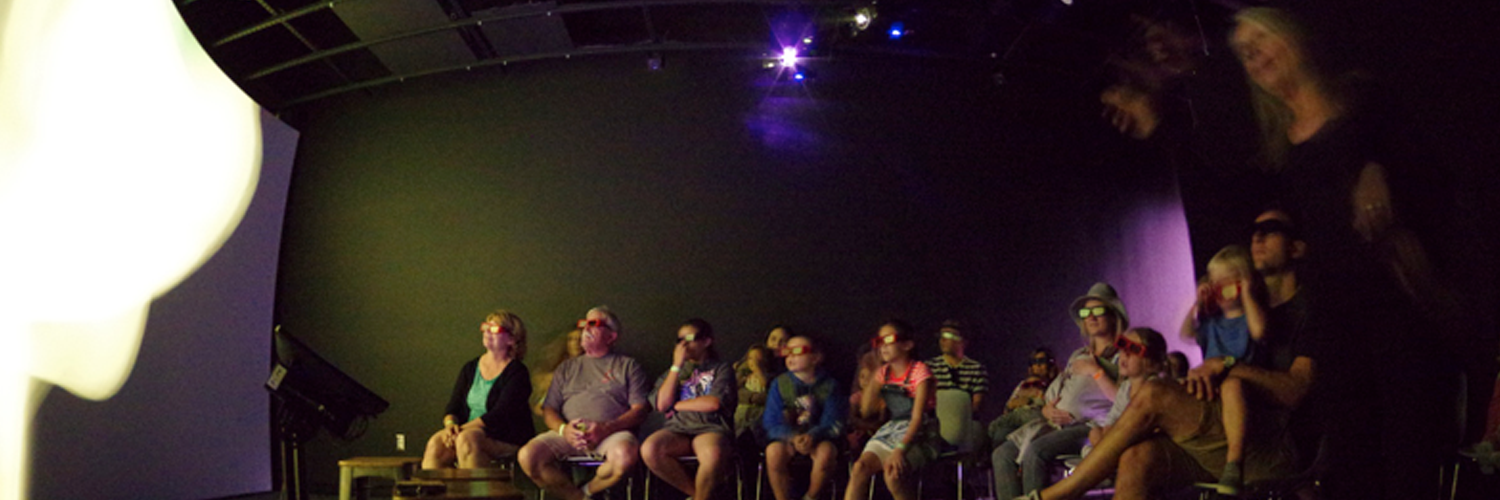
Contact Dr. Kuchera-Morin
Dr. JoAnn Kuchera-Morin Group is available to discuss future collaborations.



